The Mike Bloomberg administration’s longstanding practice of shutting down failing schools and replacing them with new schools has failed to improve the academic standing of thousands of city students, according to a New York Daily News analysis.
The Daily News analyzed 2012 state reading test scores for 154 public elementary and middle schools that have opened under the Bloomberg administration. The schools were placed into five different poverty categories based students eligible for free lunches last year. The proportion of students who passed the state reading test in each school was then compared to the average passing rate for older schools in the same group.
Of the 154 schools, nearly 60 percent were found to have lower passing rates than the average school in the respective poverty group. While 47 percent of all city students passed reading exams, only 38 percent of students at these new schools passed.
Since 2007, as the country entered a recession and as public school expenses rose, New York City has cut school budgets by 13.7 percent. As a result, teachers were fired without replacement, and class sizes rose.
Schools opened under the Bloomberg administration were supposed to boast better teachers, principals and test scores than the failing institutions they were replacing. Instead, of the 133 new elementary and middle schools that were rated using the city’s letter-grade system last year, 15 percent received Ds and Fs — exceeding the city average of 10 percent. Last November, an unprecedented 1,325 New York state schools were identified for improvement under No Child Left Behind.
Public sentiment supports the figures, as a New York Times poll last September found that New Yorkers are broadly dissatisfied with the Mayor's handling of public schools -- with just 34 percent approving of how he's dealing with education. A fall 2011 report concluded that just a quarter of students graduating from New York City high schools last year were prepared for college coursework. Fewer than half of New York students enrolled in college four years after entering high school.
The city is set to open 54 new schools in the fall, many of which will occupy spaces vacated by closing schools, the New York Times reports.
There has been much debate surrounding Bloomberg’s school closing policies, with several expected mayoral candidates weighing in on the matter.
William C. Thompson Jr., the former controller and a 2009 Democratic candidate for mayor, called the school closings a “shell game” and a “Ponzi scheme,” and urged the State Legislature to issue a moratorium on such closings, according to the Times.
In April, a group critical of Mayor Bloomberg’s policies released a report indicating that the 23 schools targeted for closing this year had higher proportions of special education students, students who were over age for their grade and students who were eligible for free or reduced-price lunches. The schools also reportedly had fewer students proficient in math and language arts than the city’s school system as a whole.
The mayor maintained that “The student bodies of these new schools mirror those of the schools they replace, with similar percentages of black and Latino students, English-language learners and students with disabilities.”
Meanwhile, the Times reports that in 2011 the percentage of students with disabilities at new schools opened by the Bloomberg administration was 15.2, compared with 10.7 percent at schools citywide. The percentage of English learners attending the new schools was about the same as the percentage citywide, while the portion of black and Latino students was much higher at the new schools.
By this fall, the Bloomberg administration will have closed or begun phasing out 140 schools since 2002, and will have opened 589 new ones.
Of the 54 schools opening this fall, 24 will be charter schools and 30 will be regular public schools. Only 10 will be occupy new school spaces, while the rest will fill space being vacated by closing schools or in currently underused school buildings, the Times reports.